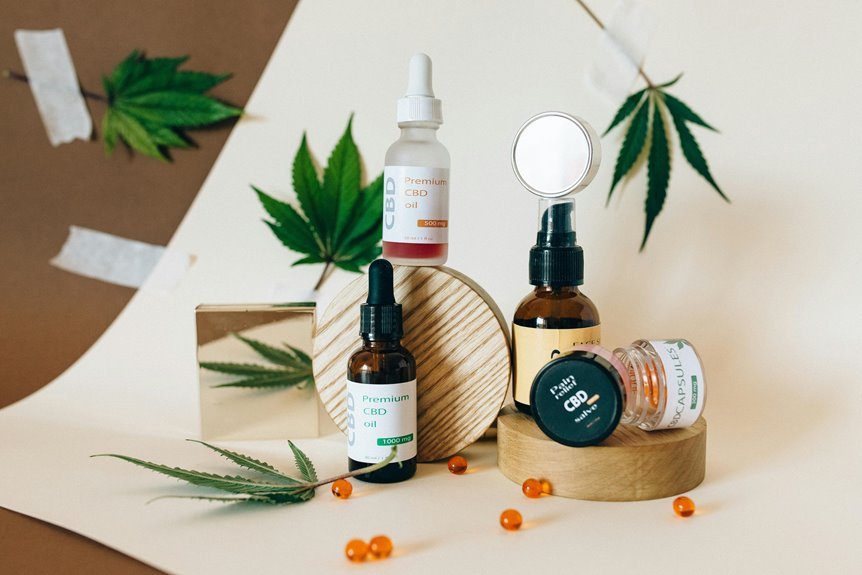CBD distillate represents a refined cannabis extract rich in cannabidiol and other beneficial compounds. Its production involves advanced extraction methods, such as CO2 or ethanol, followed by distillation to enhance purity and potency. This product's versatility allows for various applications, from edibles to topical formulations. Understanding the extraction process and potential benefits of CBD distillate is crucial, as it may offer insights into its increasing popularity in holistic health practices. What lies beneath its surface?
Understanding CBD Distillate
Although CBD distillate is often discussed in the context of its therapeutic benefits, it is essential to understand its composition and production process.
Comprised primarily of cannabinoids, terpenes, and other compounds, CBD distillate exhibits various uses, including in edibles and topicals.
Its effects can range from relaxation to potential pain relief, making it a versatile option for consumers seeking natural alternatives.
The Extraction Process
The extraction process for CBD distillate involves several advanced techniques designed to isolate and purify the desired cannabinoids from the hemp plant.
Common extraction methods include CO2 extraction and ethanol extraction, each offering distinct advantages.
Following extraction, distillation techniques further refine the product, separating cannabinoids and terpenes to achieve a high-potency, pure distillate, catering to consumers seeking quality and freedom in their CBD products.
Benefits of CBD Distillate
As consumers increasingly seek natural alternatives for health and wellness, CBD distillate emerges as a versatile option, offering a range of benefits attributed to its high purity and potency.
Its therapeutic effects may include relief from anxiety, pain, and inflammation.
Adhering to dosage recommendations is crucial for maximizing its efficacy while minimizing potential side effects, thereby ensuring a safe and effective experience.
How to Use CBD Distillate
When considering how to use CBD distillate, it is essential to recognize its versatility and various application methods.
Common consumption methods include sublingual administration, incorporation into edibles, or vaporization.
Dosing guidance varies based on individual needs and product concentration, making it crucial for users to start with small amounts and gradually adjust for optimal effects while ensuring a tailored experience.
Conclusion
In conclusion, CBD distillate represents a remarkable intersection of nature and technology, offering both purity and potency through advanced extraction methods. While its potential therapeutic benefits entice many seeking holistic health solutions, the careful refinement process juxtaposes the raw, untamed essence of the cannabis plant. This duality—where sophisticated science meets natural wellness—highlights CBD distillate's role as a versatile tool in modern health, appealing to both traditional herbalists and contemporary consumers alike.





 Where Can I Get Cbd Oil for Dogs
Where Can I Get Cbd Oil for Dogs